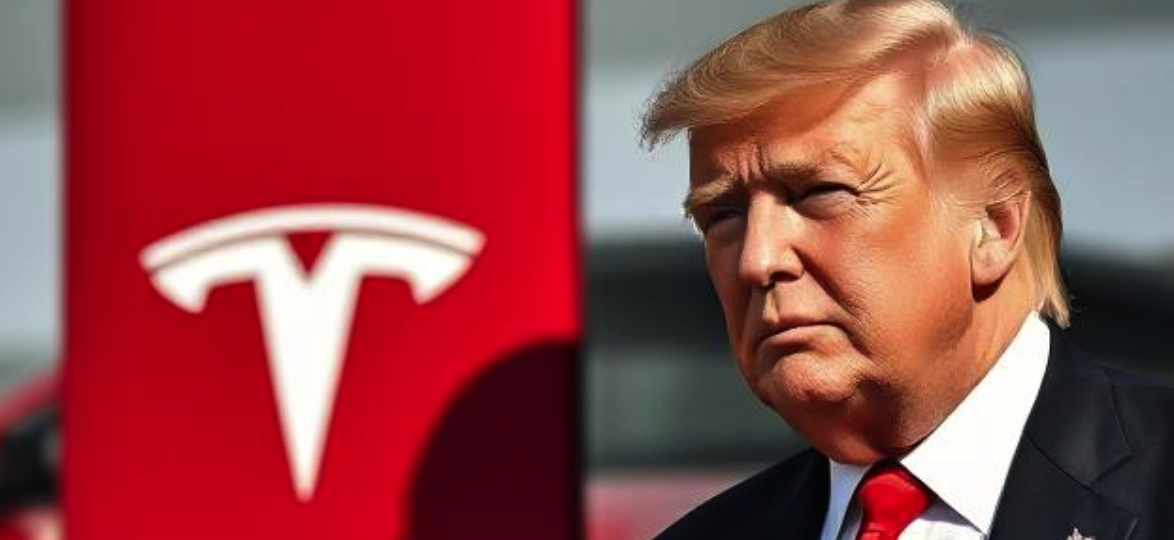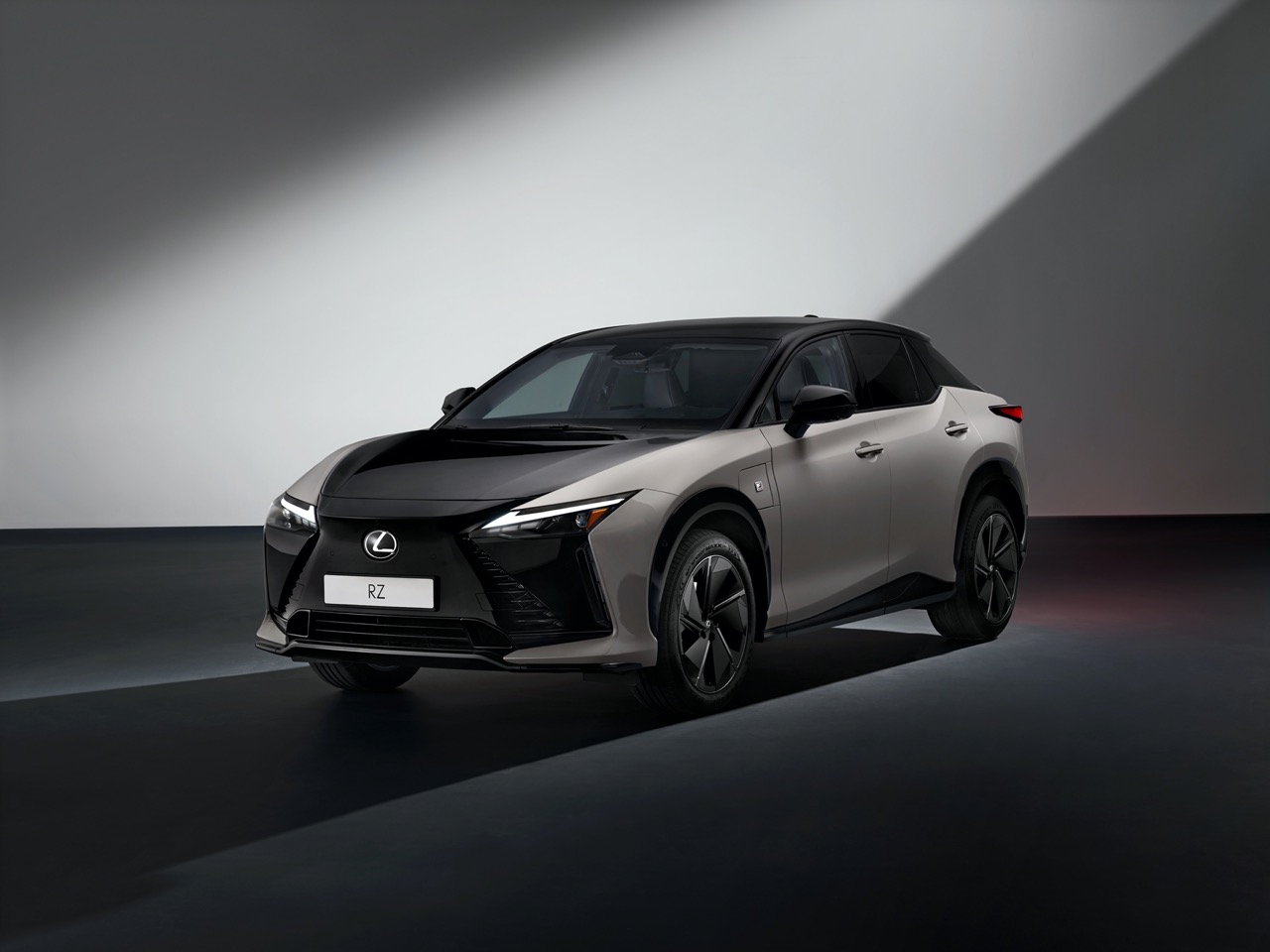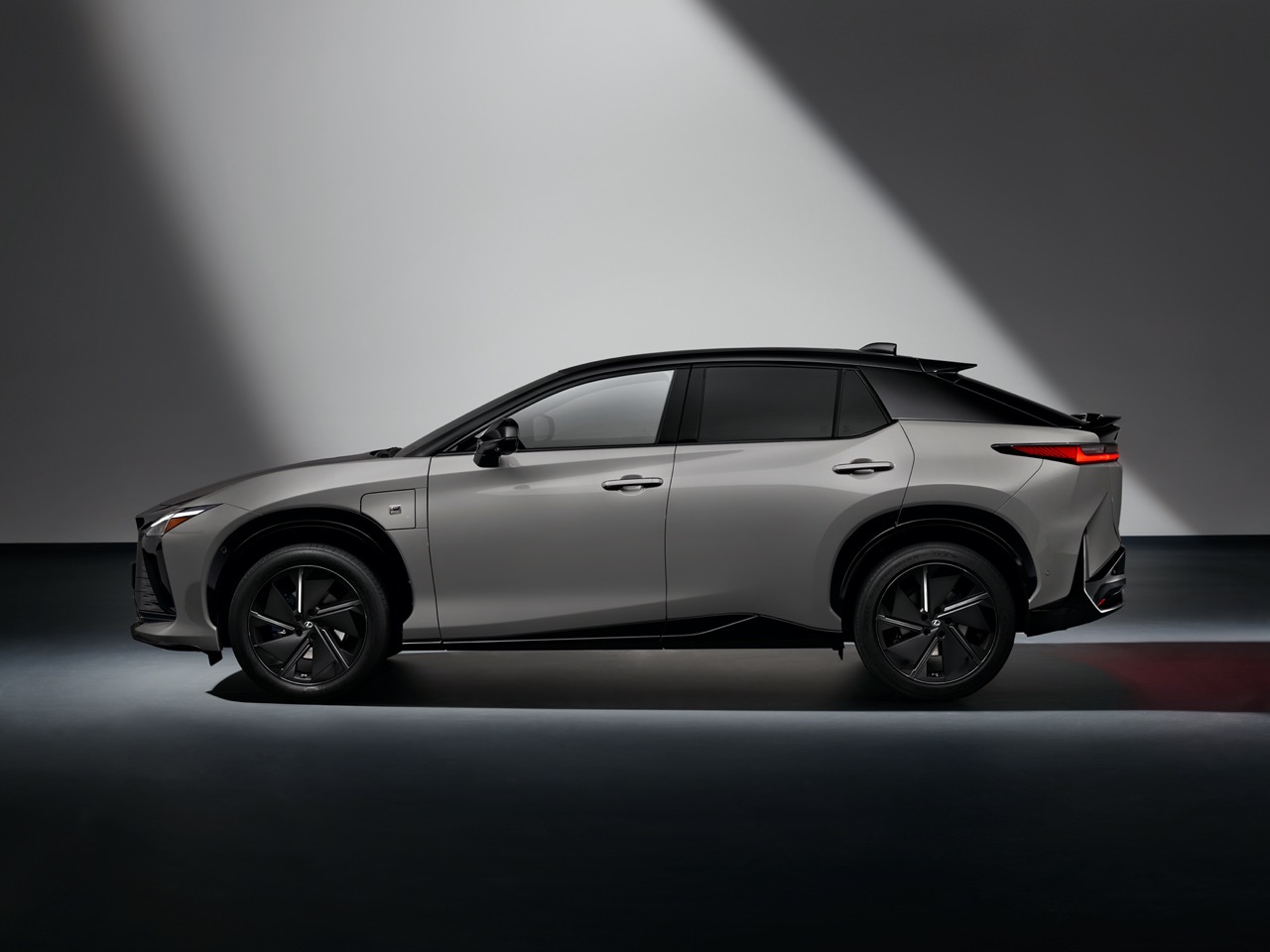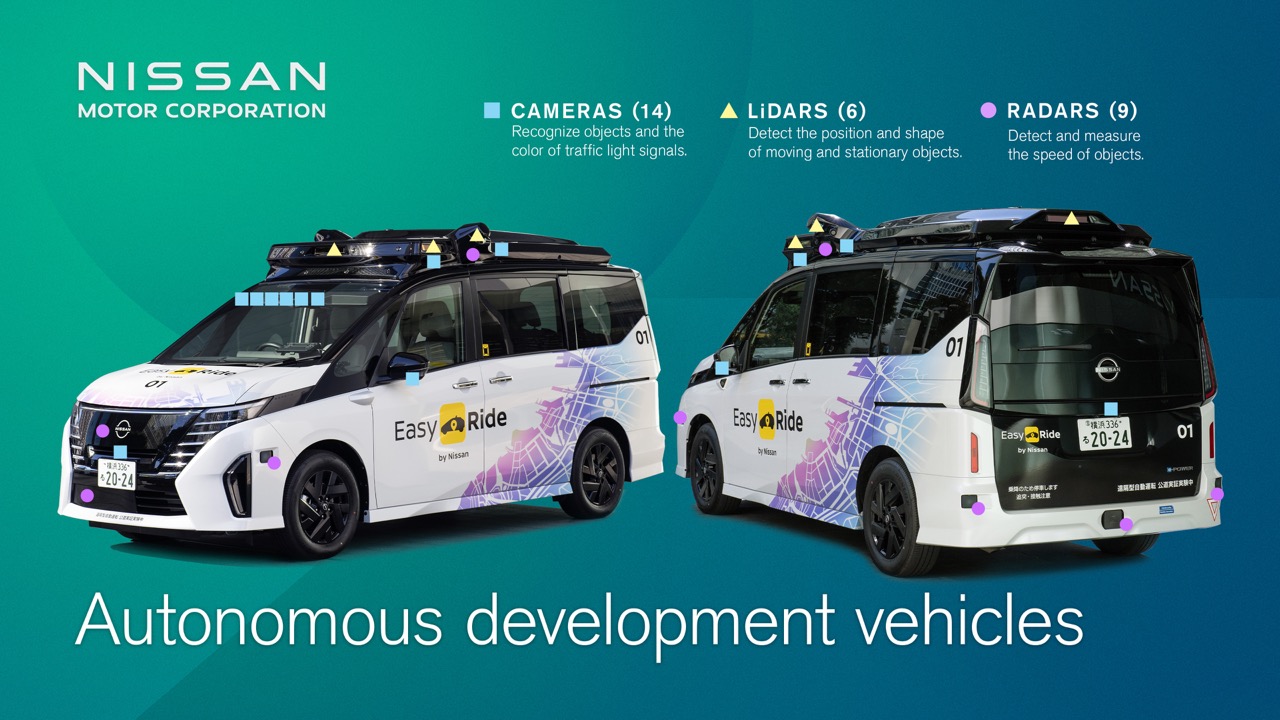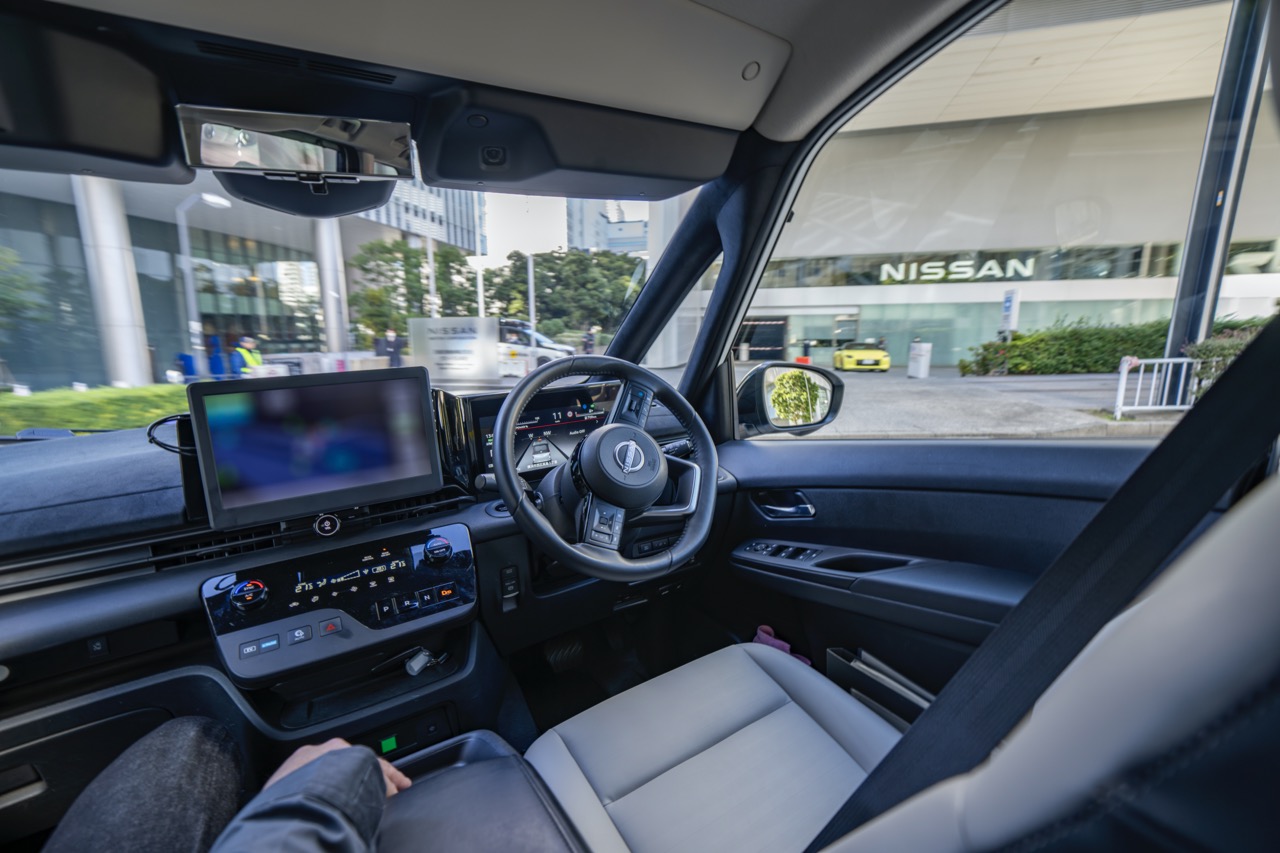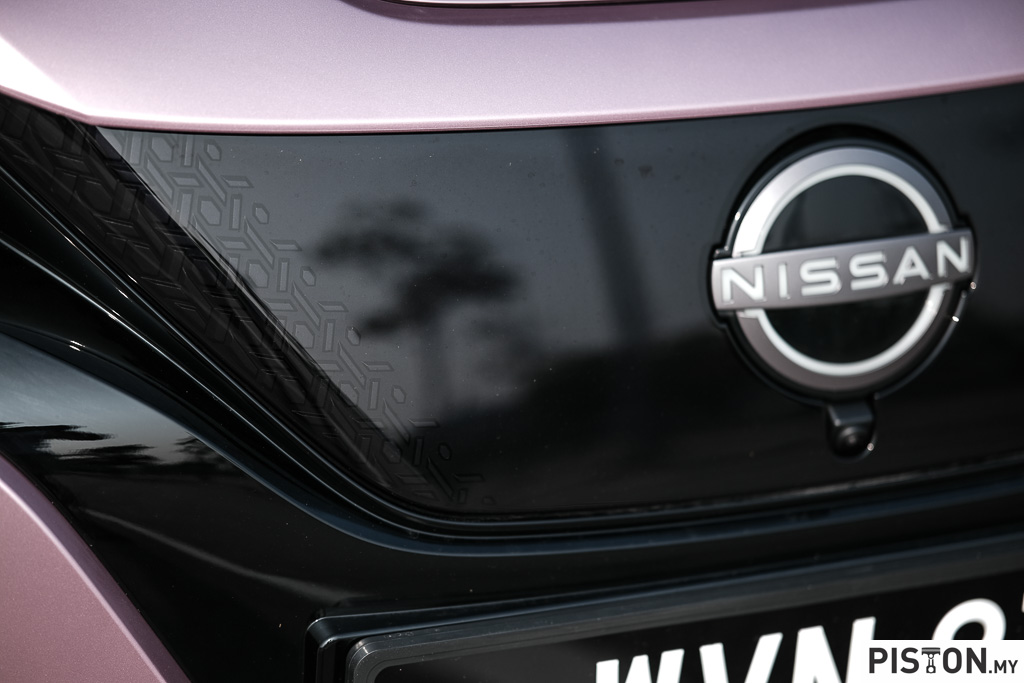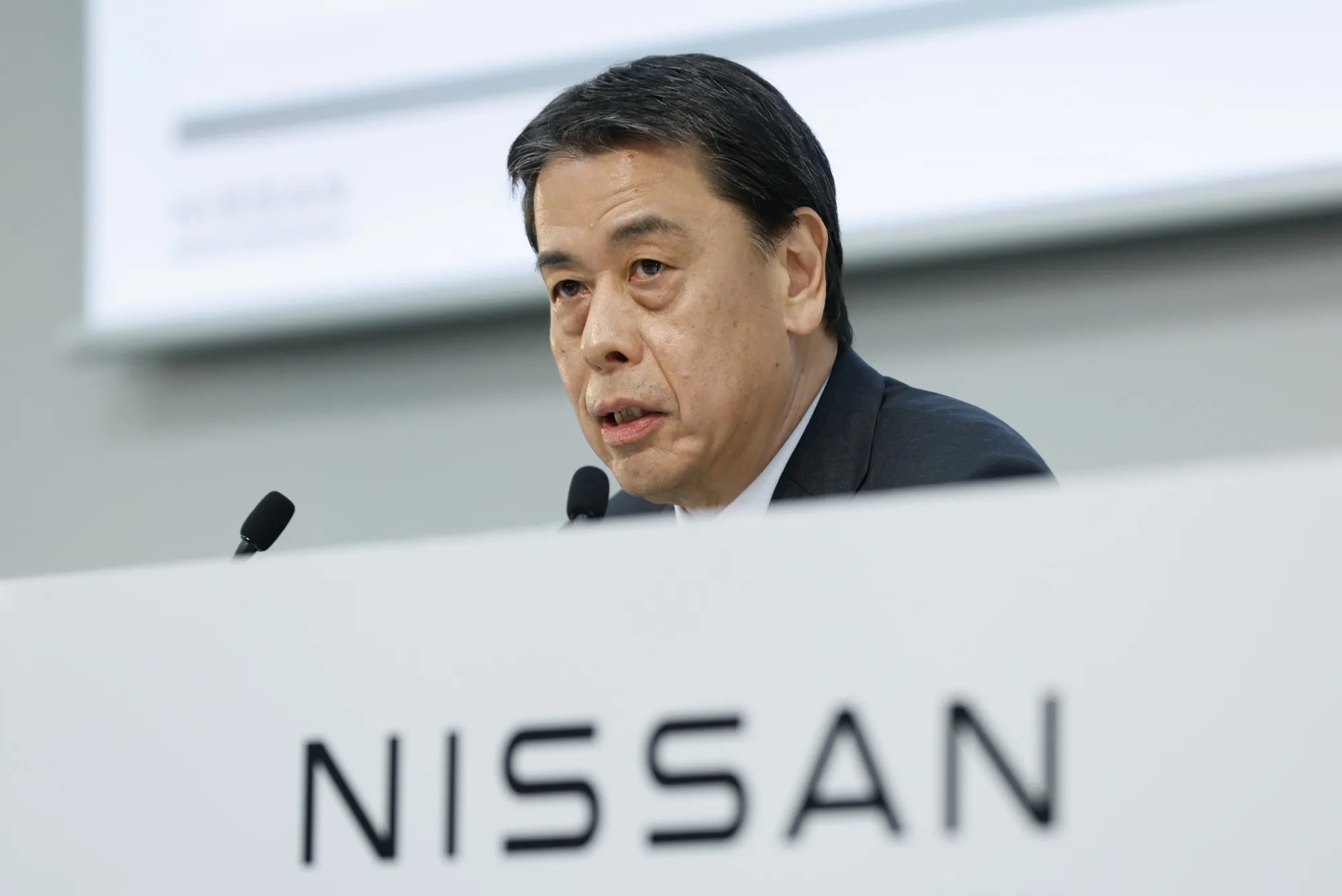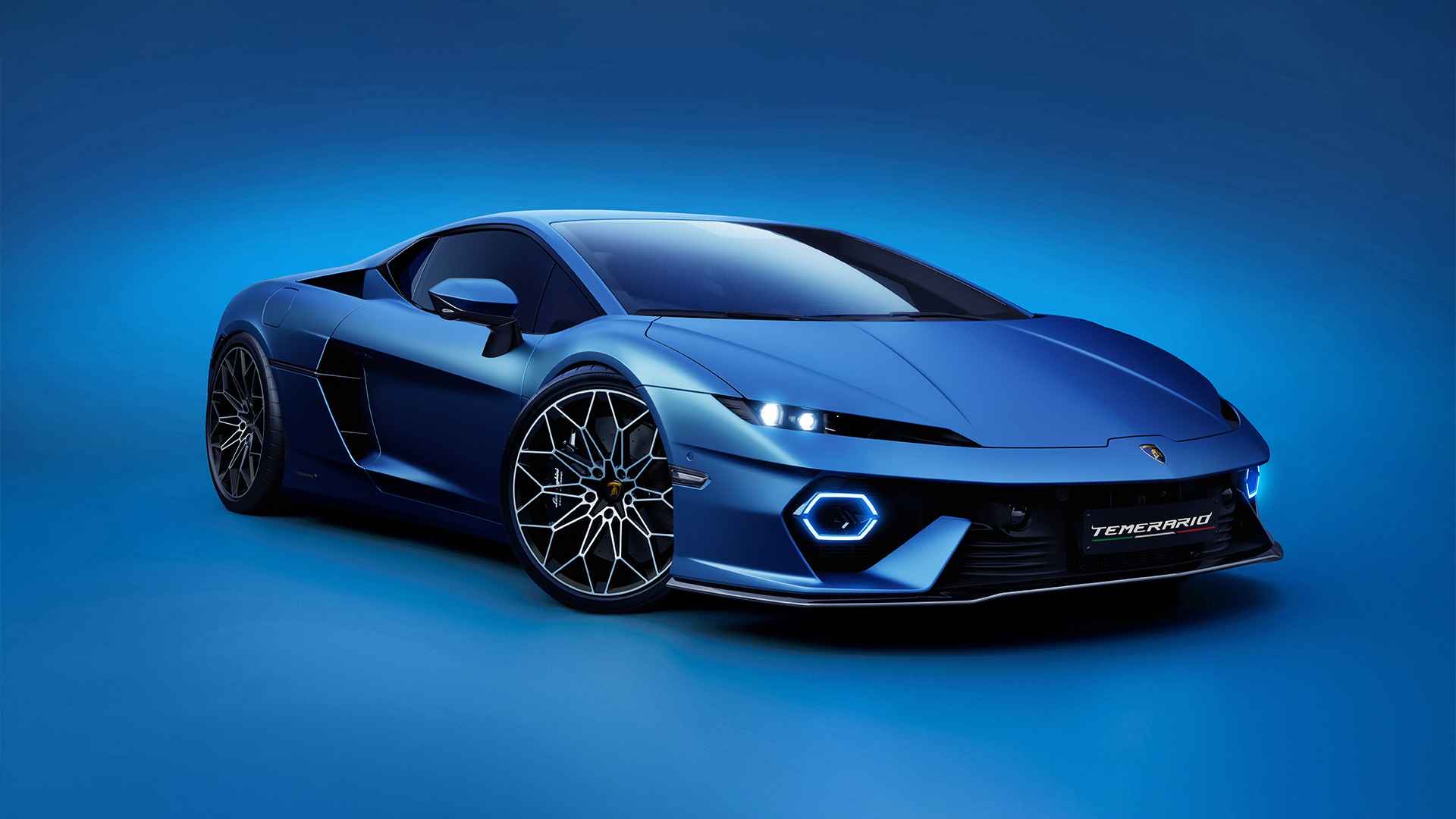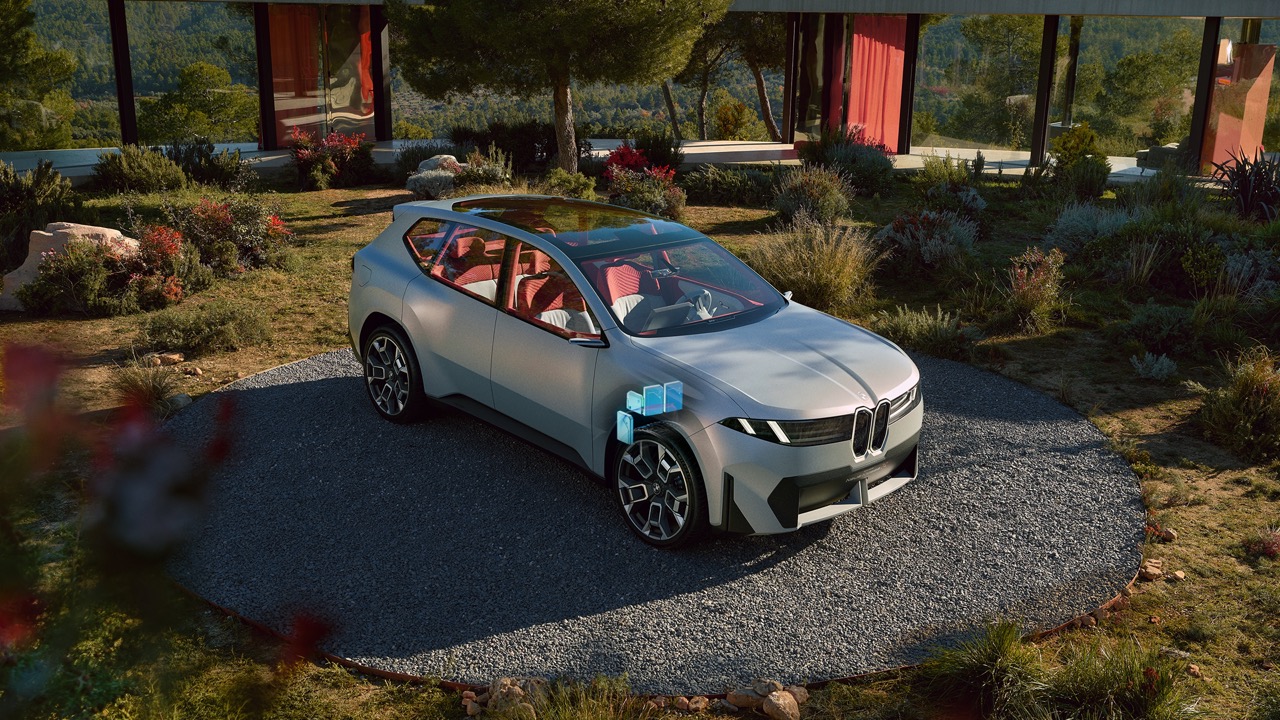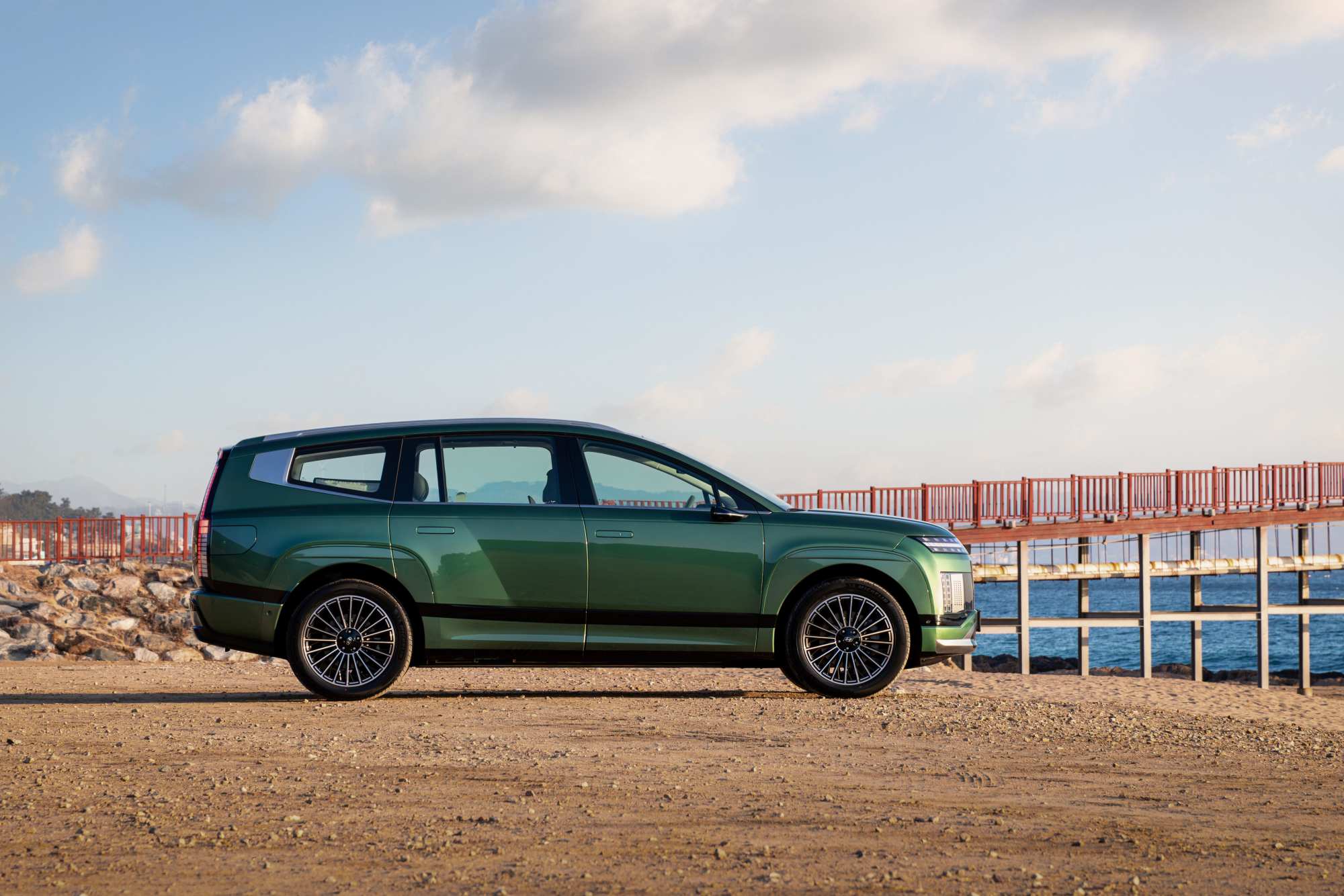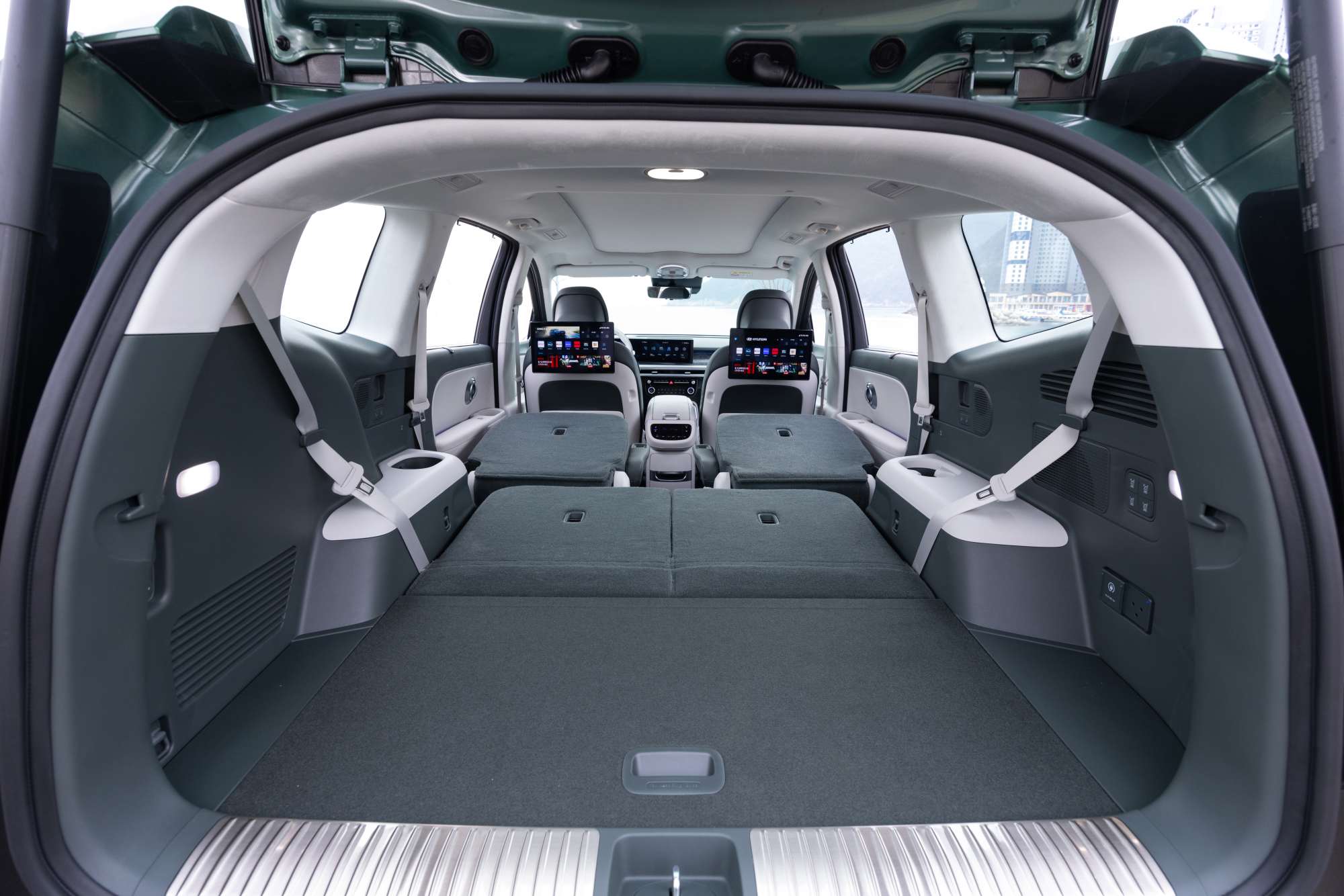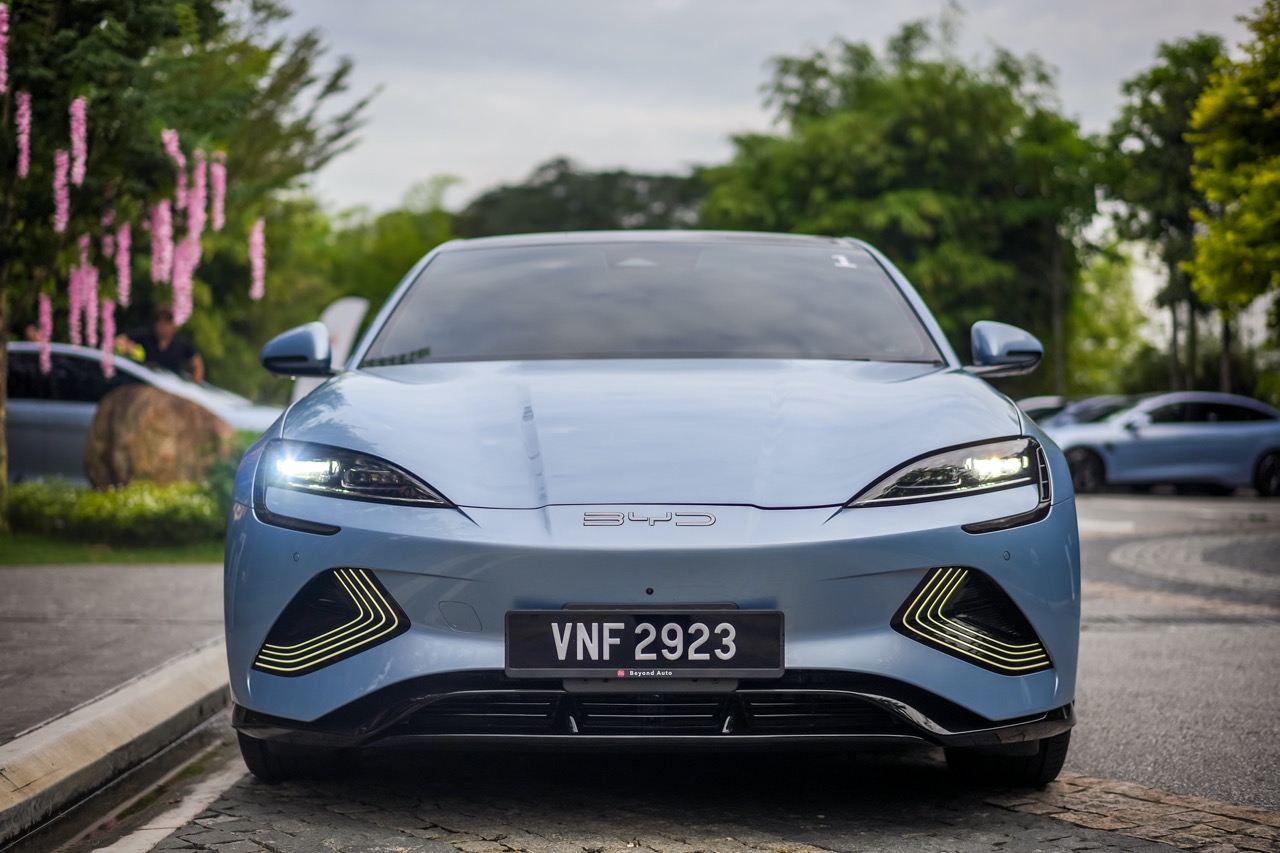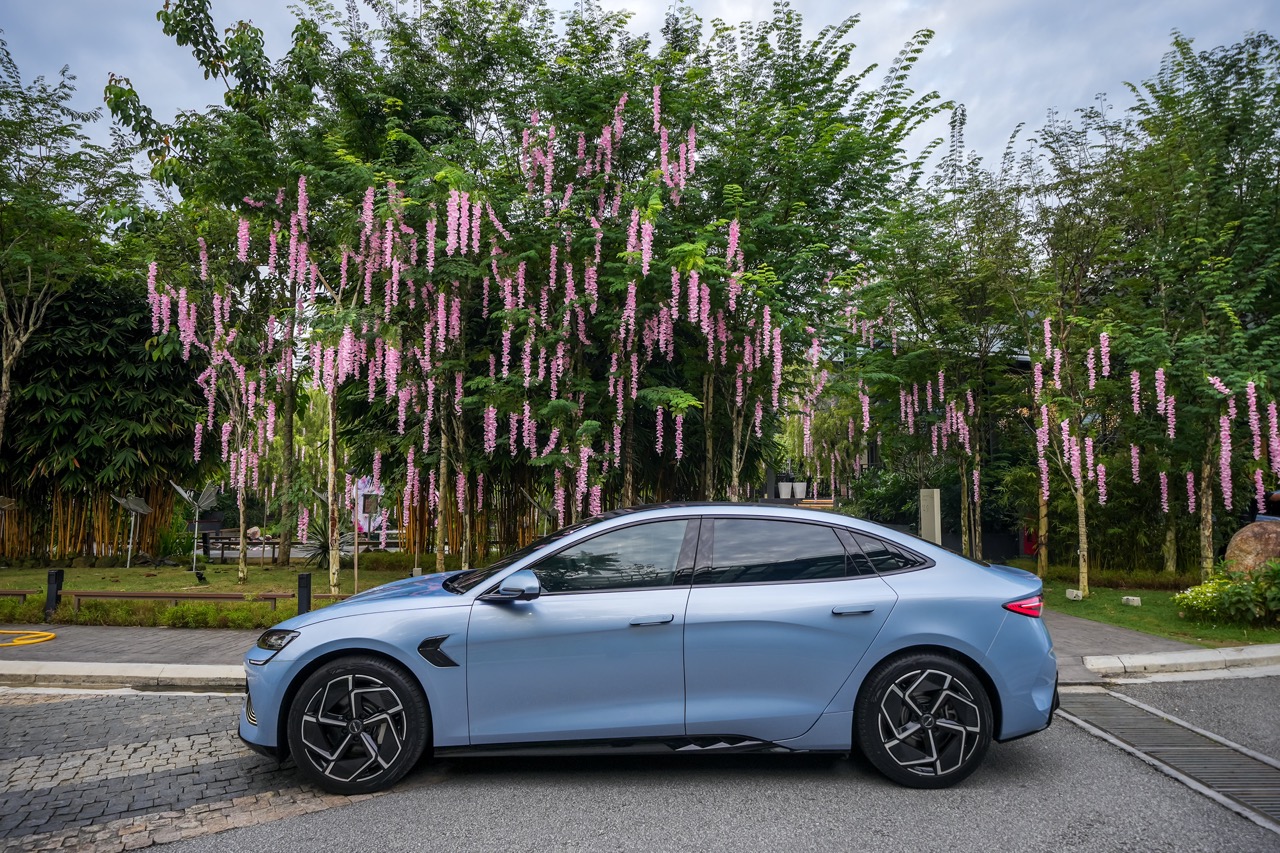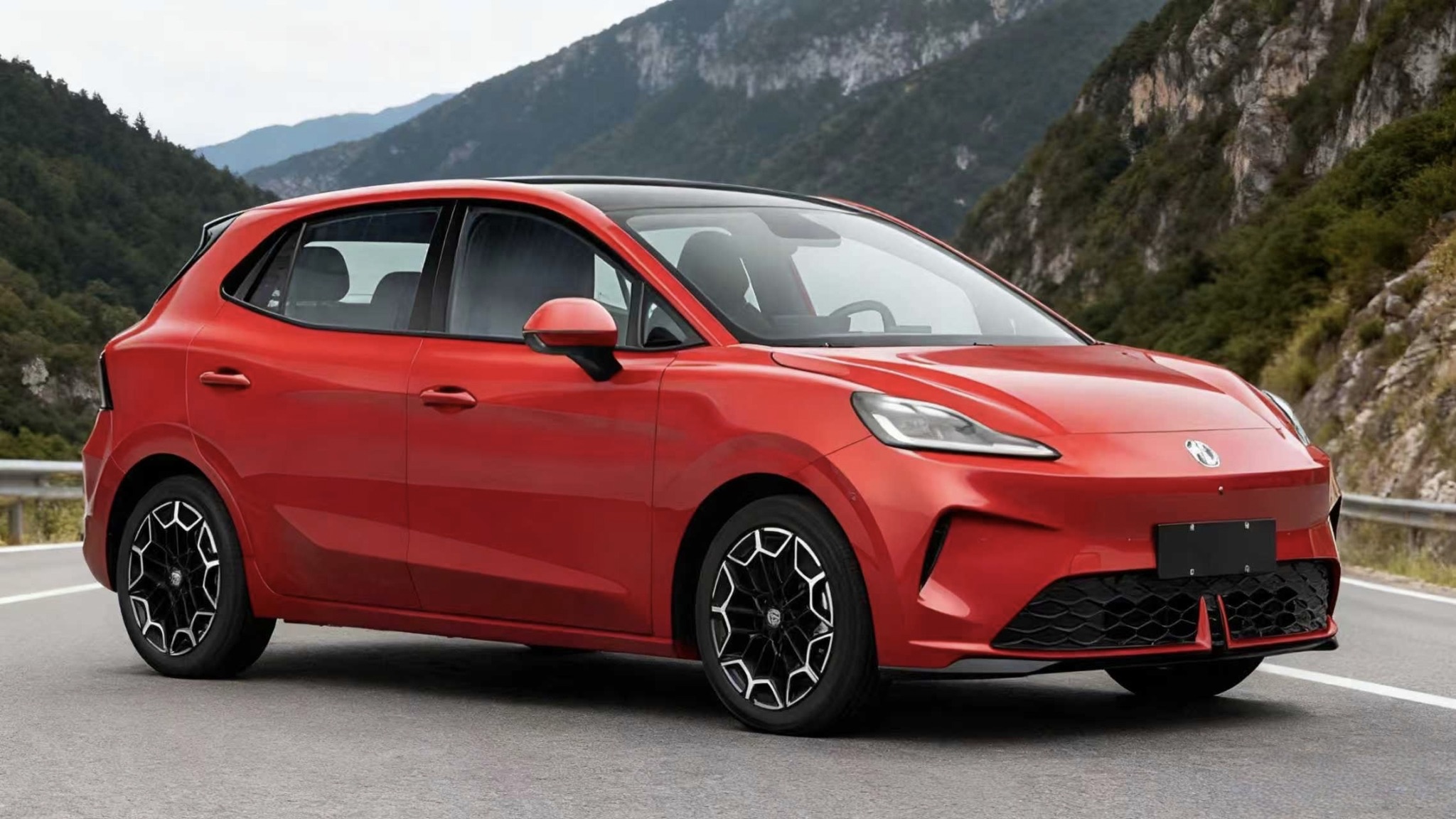U.S. President Donald Trump has condemned acts of violence against Tesla dealerships, declaring that such incidents will be treated as domestic terrorism and warning that offenders will face severe consequences. Speaking at the White House on Tuesday alongside Tesla CEO Elon Musk, Trump expressed his firm support for the automaker and its billionaire chief.
“They’re harming a great American company,” Trump said, addressing the recent wave of protests targeting Tesla locations. “Let me tell you, you do it to Tesla, and you do it to any company, we’re going to catch you, and … you’re going to go through hell.” Musk, donning a black “Make America Great Again” baseball cap, stood beside the president as a fleet of Tesla vehicles lined the driveway between the White House and the South Lawn.
The strong remarks follow a series of demonstrations against Musk and Tesla, which have intensified in recent weeks. Activists have staged protests labeled as “Tesla Takedown” to oppose Musk’s role in federal workforce reductions and the cancellation of contracts supporting humanitarian programs worldwide. Musk, now heading the Trump administration’s newly formed Department of Government Efficiency (DOGE), has faced criticism for overseeing these cost-cutting measures.
White House spokesperson Harrison Fields described the recent attacks on Tesla as “ongoing and heinous acts of violence” perpetrated by “radical Leftist activists,” characterising them as “nothing short of domestic terror.”

